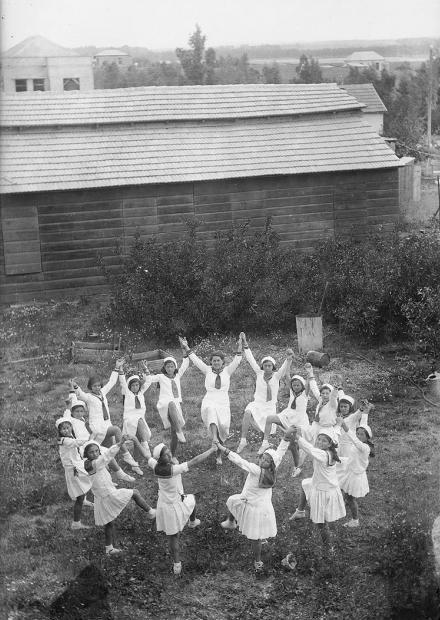Observed by Jews | Date 15th day of Av | |
 | ||
Type Jewish religious and cultural 2016 date Sunset, August 18 – Nightfall, August 19 | ||
Tu B'Av (Hebrew: ט"ו באב, the fifteenth of the month Av) is a minor Jewish holiday. In modern-day Israel, it is celebrated as a holiday of love (Hebrew: חג האהבה, Hag HaAhava), similar to Valentine's Day. It has been said to be a "great day for weddings".
Contents
Historical significance
According to the Mishna, Tu B'Av was a joyous holiday in the days of the Temple in Jerusalem, marking the beginning of the grape harvest. Yom Kippur marked the end of the grape harvest. On both dates, the unmarried girls of Jerusalem dressed in white garments, and went out to dance in the vineyards (Babylonian Talmud, tractate Ta'anit 30b-31a). That same section in the Talmud states that there were no holy days as happy for the Jews as Tu B'Av and Yom Kippur. The holiday celebrated the wood-offering brought in the Temple (see Nehemiah 13:31). Josephus refers to it as the Feast of Xylophory ("Wood-bearing").
Various reasons for celebrating on Tu B'Av are cited by the Talmud and Talmudic commentators:
Modern times
Tu B'Av marks an informal "high" to counter the "low" of The Three Weeks leading up to Tisha B'Av. Tu B'Av does not have many established religious rituals associated with its celebration. However Tachanun is not said—either at mincha the day before or on the day itself—and a bride and groom traditionally do not fast if their wedding falls on Tu B'Av.
In modern times, it has become a romantic Jewish holiday, often compared to Valentine's Day, and has been said to be a "great day for weddings, commitment ceremonies, renewal of vows, or proposing".
